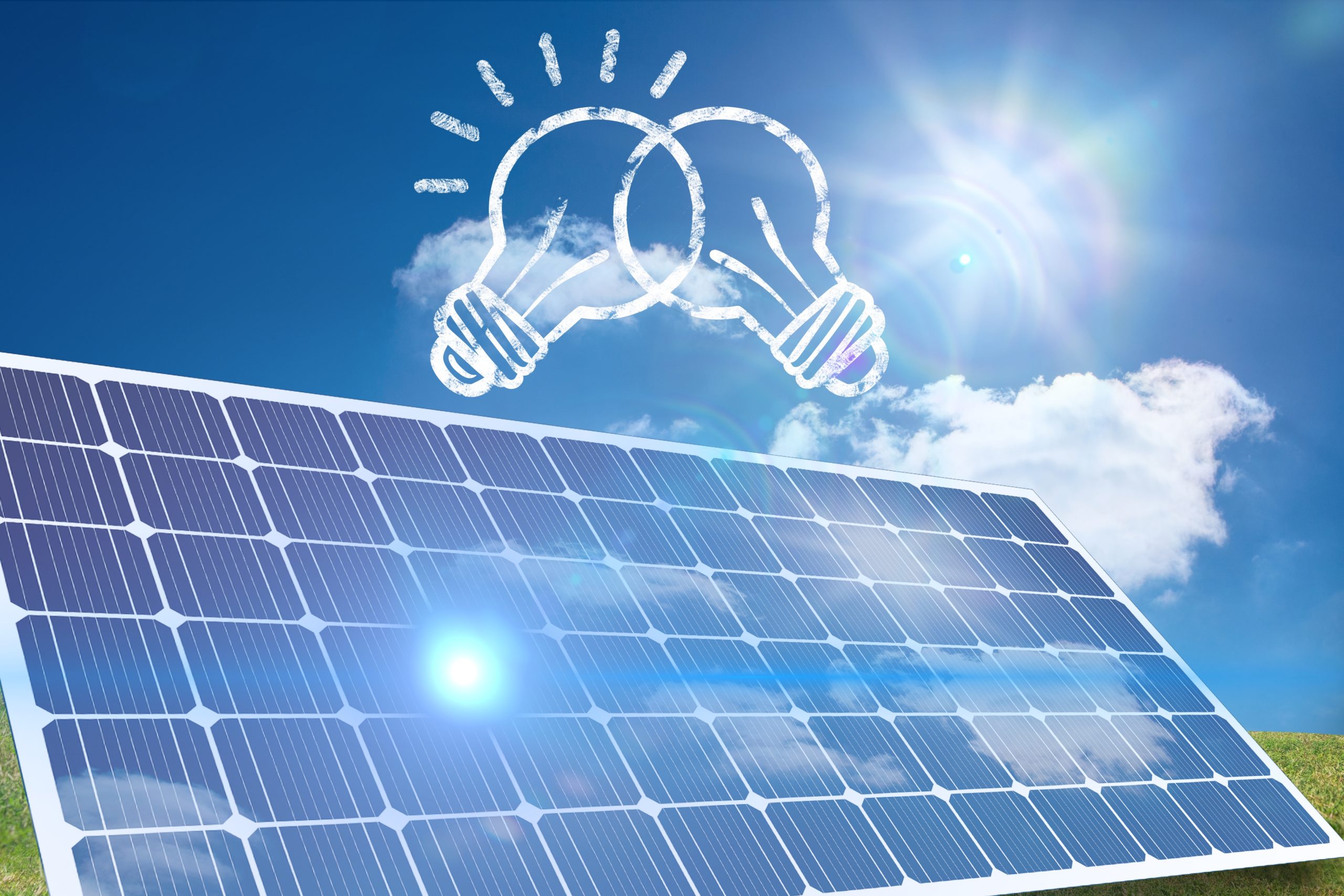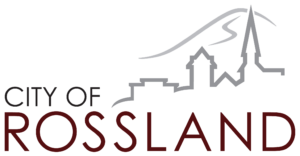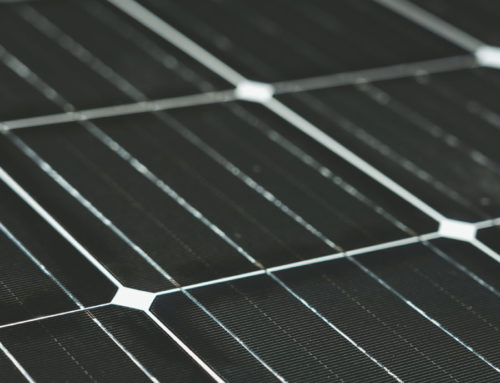Solar Energy Capacity in Rossland
Is solar energy a realistic alternative renewable energy source for Rossland? To answer this question our Energy Task Force set about to measure how much energy a given solar photovoltaic (aka solar PV) project could potentially harvest from the sun right here in our mountain kingdom.
Rossland’s unique micro climate as a mountain town meant that the data available through Natural Resources Canada for the West & East Kootenay regions was just too broad. Strong interest from our community in both residential solar PV installations and community solar gardens, meant that we needed better data.
In Dec of 2016, we began the Rossland Solar Monitoring Project. We installed a pyranometer at the Public Works yard that linked to a data logger. Now, with 2 years of solar data, we have a better idea of Rossland’s solar energy potential.
We now have good data that our community and homeowners can access in order to make better decisions about Solar PV installations.
To see the live data being captured by the pyranometer as well as weekly and monthly graphs, click here.
In late 2016, Rossland’s Energy Task Force (ETF) a subgroup of the Sustainability Commission, secured and allocated the funds required to procure and install a solar pyranometer within the community. The purpose of the device is to measure how much energy a given solar photovoltaic (aka solar PV) project could potentially harvest from the sun right here in the mountain kingdom. The impetus for this was three fold. First, the ETF was fielding a lot of questions around the potential for solar power projects here in Rossland. Second, a number of municipalities in the Kootenays, including our own, were beginning to either investigate or construct pilot solar projects. Finally, there was a fundamental gap in knowledge about the potential energy harvest, given the inherent microclimates present in the mountainous regions of southeastern British Columbia.
Typically, in order to properly estimate solar production of a proposed system, an experienced solar system designer will utilize specialized tools to assess the site’s potential, gathering key data along the way. The data collected normally includes, at the very least, skyline imagery taken from various points on the proposed roof where the solar modules would be located (presuming a rooftop system), GPS coordinates, roof pitch(es), area of usable roof space, and often preliminary details about the roof structure/condition to help feed some initial information to a structural engineer. Specialized software is then able to decipher whether or not the specific position on the roof will be shaded by objects such as trees, chimneys etc. at any given time, day or month of the year based on the skyline imagery collected and the sun’s known path/position in the sky for the provided GPS location (lat/long). The software then finds the nearest known weather station from the collected GPS coordinates that happens to collect solar irradiance/insolation data. The problem for Rossland is that the nearest weather station to do so is not nearly close enough in proximity to account for the microclimates we encounter from valley to valley, or mountain to mountain, so the amount of error present in the estimates could be larger than desired. The proposed resolution for the problem was to begin to collect this missing data by installing a small solar irradiance measurement device (a pyranometer) along with a small data logger at a reasonable location in Rossland.
The public works yard was chosen for a number of reasons. It is a municipal property that is reasonably sunny (where the device is located at least), it has an internet connection, and also the ease of installation of the device at that particular location. The data logger procured is also versatile enough to collect data from different types of sensors that might be useful for the public works yard to collect in the future as well, not only solar related data. In any case, the pyranometer could be relocated to other municipal properties in the future as desired, so the public works yard might just be its initial stop. The device was installed and commissioned in late December, 2016. The idea was to have it functioning for January 1st , 2017 so that we could collect a full calendar year of data right away. The goal is to have multi-year averages for each month. As the years go by, the average data collected becomes more precise, and highly usable by solar system designers.
The Data To be specific, the solar irradiance (kW/m2) value is automatically measured every minute. Once 60 measurements are taken, the average of those 60 measurements is automatically logged and stored for future reference and analysis. Effectively then, there is an averaged kW/m2 value stored for every single hour of the day. In other words, we essentially store the kWh/m2 value. This level of data has been consistently collected for the past two years so we now have our first multi-year averages to work with and effectively analyze. However, the units of measure utilized by solar estimation software and by Natural Resources Canada (NRCan) in its published estimated figures for communities in Canada is the monthly average of kWh/m2/day. Therefore, some additional number crunching was required to summarize our readings to the equivalents required. First, daily sums of the readings were calculated, giving us our kWh/m2/day values. Those daily sums were then totalled for each month (i.e. kWh/m2/month) and the corresponding value was finally divided by the number of days in the given month to arrive at the desired monthly kWh/m2/day average values. These values are charted and displayed for each of the past two years in Figure 1 and Figure 2 below. The charts also show these values compared to the published Natural Resources Canada estimates for Rossland. Please note that NRCan’s 0 degree tilt angle estimate figures were used for comparison as that is also the orientation of the pyranometer as well.
Sign up for the Sustainabilty Commission Newsletter
Don’t miss out on the latest sustainability news and events happening in and around Rossland. Sign up today.




